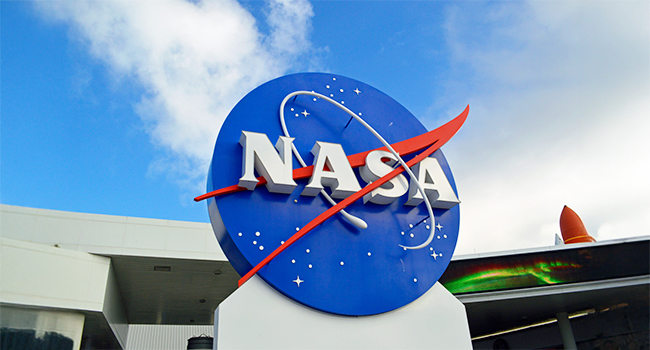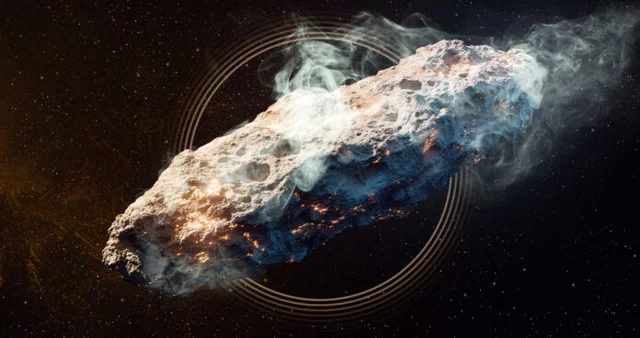NASA has reaffirmed its commitment to launching Artemis 2, the first crewed mission to orbit the Moon in more than 50 years, with a target date set for no later than April 2026 — and possibly as early as February.
The highly anticipated mission, part of NASA’s Artemis program, will carry four astronauts — three Americans and one Canadian — on a historic journey around the Moon.
While Artemis 2 will not land on the lunar surface, it will serve as a critical test of NASA’s Orion spacecraft and Space Launch System (SLS) rocket before Artemis 3, which aims to land astronauts near the lunar South Pole.
Speaking at a press briefing, Lakiesha Hawkins, a senior NASA official, emphasized the agency’s commitment to staying on schedule despite several delays caused by technical issues and safety reviews.
“We intend to keep that commitment,” Hawkins said. “Safety remains our highest priority, but we are excited to bring humans back to deep space exploration.”
The Artemis program — launched during former President Donald Trump’s first term — is viewed as part of a renewed “space race,” with the United States competing against China, which plans its own crewed lunar mission before 2030 and has signaled ambitions to build a base on the Moon.
Under Trump’s second term, the White House has continued to put pressure on NASA to accelerate progress toward both the Moon and Mars, framing the program as a strategic milestone in U.S. space leadership.
NASA officials say Artemis 2 will pave the way for sustainable lunar exploration, including building a lunar gateway station in orbit and developing technologies for future missions to Mars.
If successful, Artemis 2 will mark the first time humans have traveled beyond low Earth orbit since the Apollo 17 mission in 1972.



